Kingdom Animalia Order Lepidoptera Subfamily Sphinginae Higher classification Xanthopan | Phylum Arthropoda Family Sphingidae Scientific name Xanthopan morganii Rank Species | |
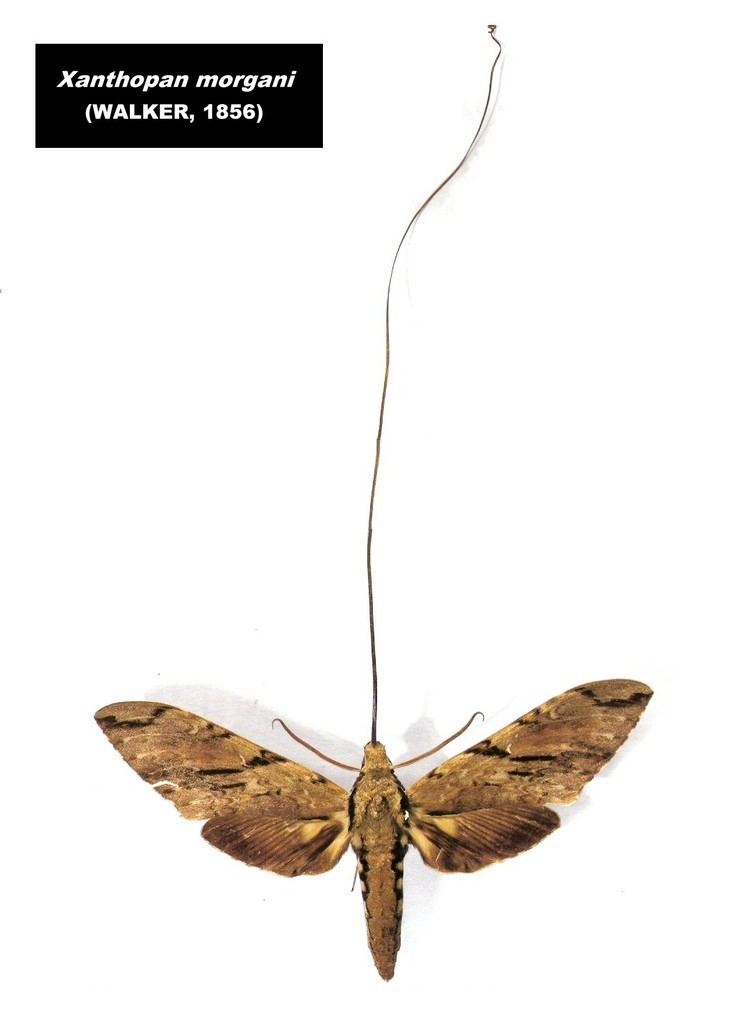 | ||
Genus Xanthopan
Rothschild & Jordan, 1903 Similar Angraecum sesquipedale, Sphingidae, Insect, Butterflies and moths, Angraecum | ||
Xanthopan morgani praedicta the darwin s moth
Xanthopan morgani, or Morgan's sphinx moth (commonly misspelled as "morganii"), is a very large sphinx moth from East Africa (Rhodesia, Nyasaland) and Madagascar. It is the sole member of its genus, and little is known of the biology, though the adults have been found to visit orchids (see below).
Contents
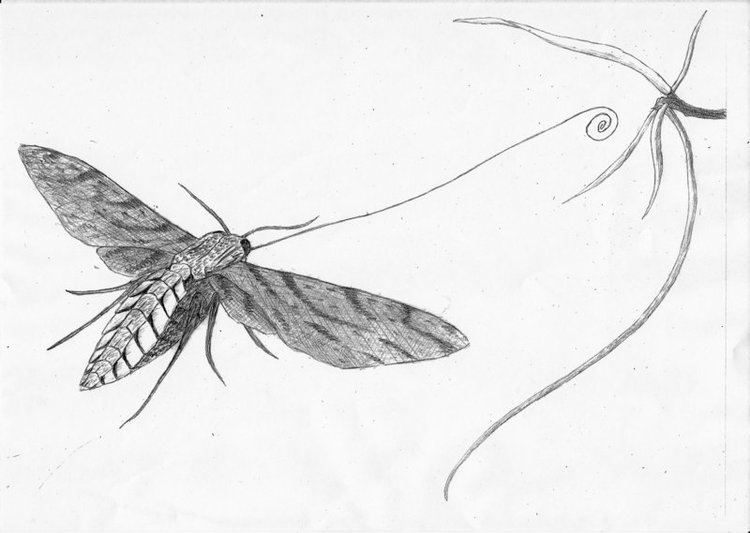
Overview
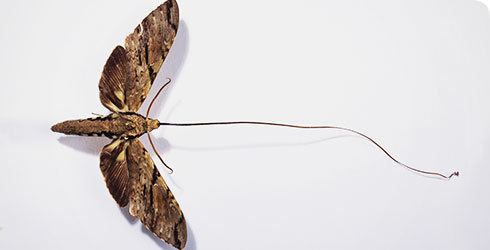
In January 1862 while researching insect pollination of orchids, Charles Darwin received a package of orchids from the distinguished horticulturist James Bateman, and in a follow up letter with a second package Bateman's son Robert confirmed the names of the specimens, including Angraecum sesquipedale from Madagascar. Darwin was surprised at the defining characteristic of this species: the "astonishing length" of the whip-like green spur forming the nectary of each flower, and remarked to Joseph Hooker "I have just received such a Box full from Mr Bateman with the astounding Angræcum sesquipedalia with a nectary a foot long— Good Heavens what insect can suck it"[?] The spur of the flower is 20–35 cm (7.9–13.8 in) from its tip to the tip of the flower's lip. The name "sesquipedale" is Latin for "one and a half feet," referring to the spur length.
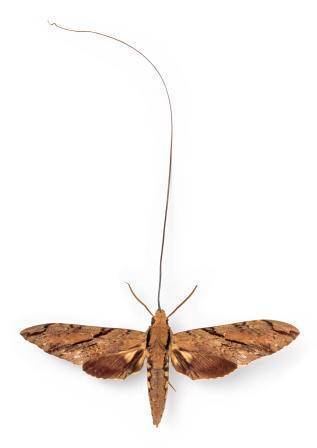
From his observations and experiments with pushing a probe into the spur of the flower, Darwin surmised in his 1862 book Fertilisation of Orchids that there must be a pollinator moth with a proboscis long enough to reach the nectar at the end of the spur. In its attempt to get the nectar at the end of the spur the moth would get pollen rubbed off on its head. The next orchid it visited would then be pollinated in the same manner.
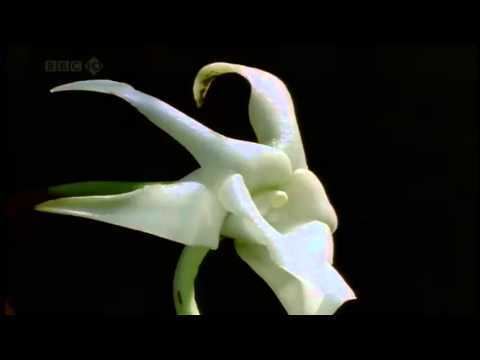
In 1867 Alfred Russel Wallace published an article in which he supported Darwin's hypothesis, remarking that the African sphinx moth Xanthopan morgani (then known as Macrosila morgani) had a proboscis almost long enough to reach the bottom of the spur. In a footnote to this article Wallace wrote "That such a moth exists in Madagascar may be safely predicted; and naturalists who visit that island should search for it with as much confidence as astronomers searched for the planet Neptune,--and they will be equally successful!"

Subsequently, specimens of Xanthopan morgani (commonly called Morgan's sphinx moth) with an especially long proboscis were collected in Madagascar. Since Wallace predicted that the mystery pollinator would turn out to be a sphinx moth, rather than simply a large moth as Darwin had suggested, the Malagasy form was named subspecies praedicta by Walter Rothschild & Karl Jordan in honor of Wallace's (not Darwin's) prediction. Darwin's earlier, but less specific, prediction was not even mentioned by Rothschild and Jordan. The description of Xanthopan morgani praedicta, as a sub-species of the African hawk moth was later determined to be invalid (it is identical to the mainland form of the species).
Morgan's sphinx moth approaches the flower to ascertain by scent whether or not it is the correct orchid species. Then the moth backs up over a foot and unrolls its proboscis, then flies forward, inserting it into the orchid's spur.
The larvae feed on Annona senegalensis, Hexalobus crispiflorus, Uvaria, Ibaria and Xylopia species.
